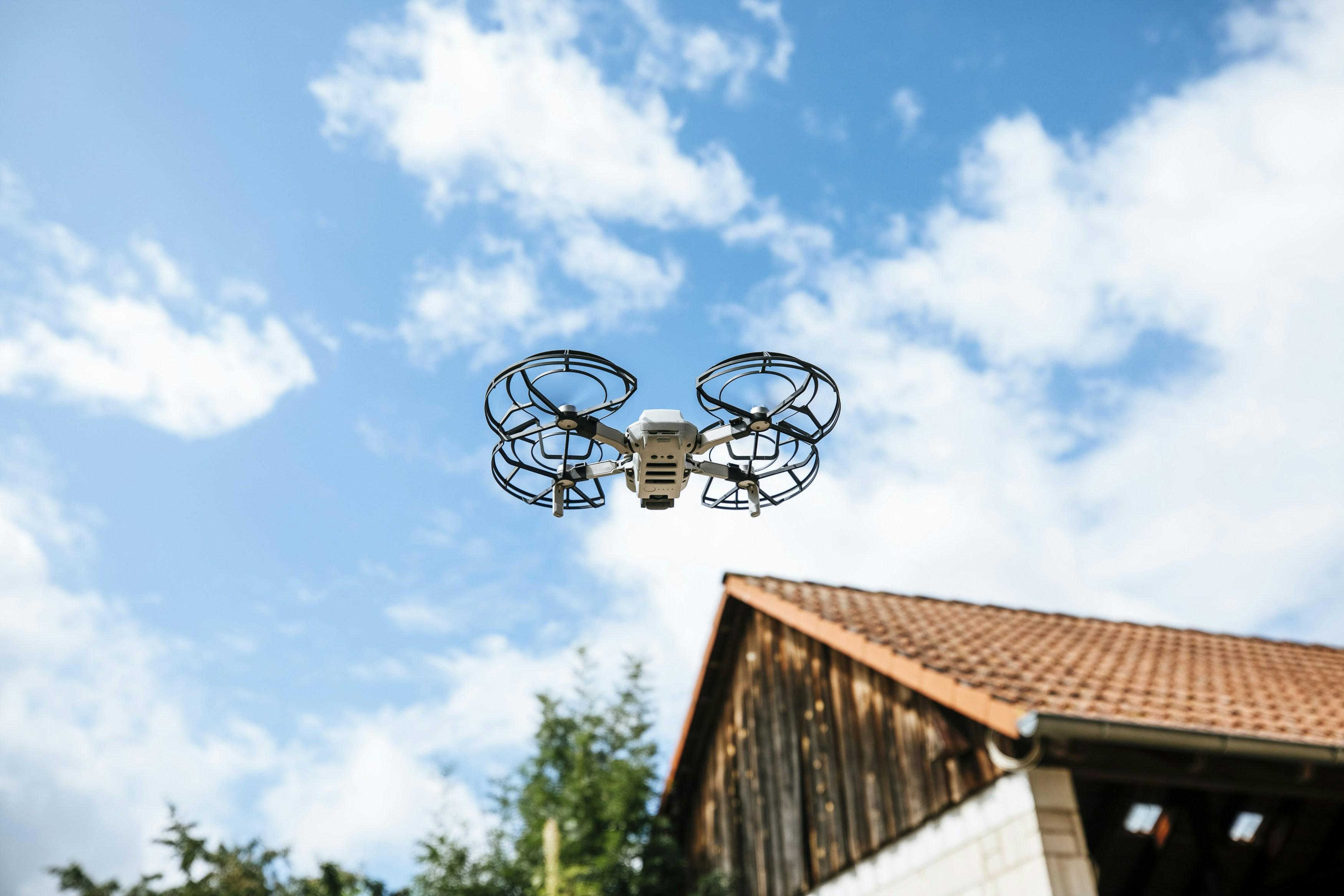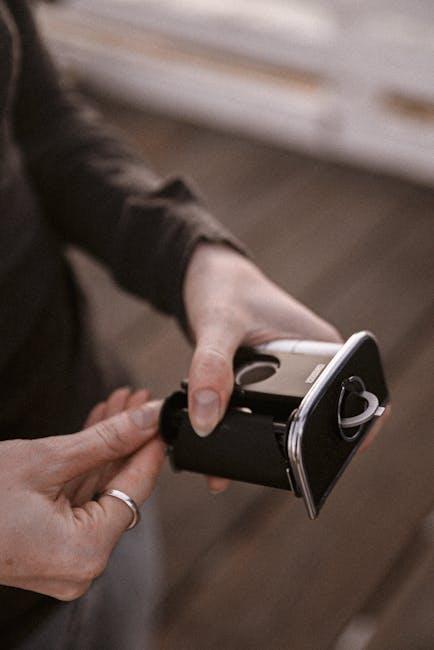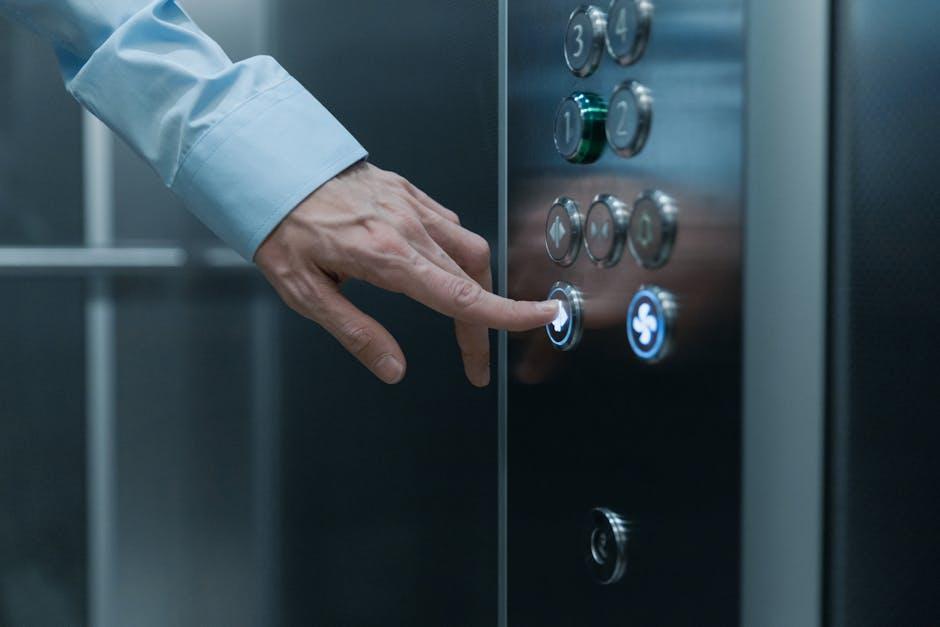In the ever-evolving landscape of modern filmmaking, where technological advancements continually redefine the boundaries of creativity, motion control cameras have emerged as silent revolutionaries. These sophisticated devices, once relegated to the realm of science fiction, now play a pivotal role in crafting the seamless visual narratives that captivate audiences worldwide. From their rudimentary beginnings to their current state-of-the-art iterations, motion control cameras have transformed the way filmmakers choreograph movement, enabling unprecedented precision and creativity. This article delves into the fascinating journey of these technological marvels, exploring how they’ve reshaped cinematic storytelling and opened new horizons for directors and cinematographers alike. Join us as we unravel the intricate dance between technology and artistry in the world of motion control.
Tracing the Technological Roots: From Mechanical to Digital
The journey from mechanical to digital in motion control cameras is a fascinating tale of innovation and precision. Initially, these systems relied heavily on mechanical engineering, with complex gears and pulleys orchestrating the dance of the camera. Filmmakers would spend hours fine-tuning these setups to achieve smooth, repeatable movements, often limited by the physical constraints of the machinery.
With the advent of digital technology, a new era dawned. Digital motion control systems introduced unparalleled accuracy and flexibility, transforming how filmmakers approached complex shots. Some key advancements include:
- Computerized control: Allowing for intricate pre-programmed sequences.
- Enhanced precision: Achieving movements that were previously impossible with mechanical setups.
- Integration with CGI: Seamlessly blending live-action footage with digital effects.
These technological leaps not only expanded the creative possibilities but also streamlined the production process, enabling filmmakers to bring their visions to life with newfound clarity and efficiency.

Revolutionizing Cinematic Perspectives: Key Innovations in Motion Control
In the realm of modern filmmaking, the advent of motion control technology has redefined how stories are told through the lens. These innovations have empowered filmmakers to execute complex shots with precision, transforming the way visual narratives are crafted. Motion control systems enable directors to choreograph intricate camera movements that were once deemed impossible, providing a seamless blend of creativity and technical prowess.
- Precision and Repeatability: Motion control cameras offer the ability to repeat exact movements multiple times, crucial for visual effects and complex action sequences.
- Creative Freedom: Directors can now explore dynamic perspectives, creating immersive experiences that captivate audiences.
- Enhanced Visual Effects: Integration with CGI and VFX allows for more believable and intricate scenes.
As technology continues to evolve, these systems become increasingly versatile, opening new horizons for artistic expression. The blend of mechanical precision and digital innovation has indeed revolutionized the cinematic landscape, offering filmmakers an unparalleled toolkit to bring their visions to life.

Crafting the Perfect Shot: Best Practices for Filmmakers
In the quest to capture the ideal frame, filmmakers have increasingly turned to motion control cameras, a technology that has seen remarkable evolution. These systems offer unparalleled precision and repeatability, allowing directors to push the boundaries of visual storytelling. Whether it’s a sweeping landscape or a tight action sequence, motion control cameras can transform an ordinary shot into a breathtaking spectacle.
Best Practices for Filmmakers looking to harness this technology include:
- Planning and Pre-Visualization: Use detailed storyboards and animatics to map out complex shots.
- Synchronization: Ensure seamless integration with CGI by aligning camera movements with digital elements.
- Experimentation: Embrace the flexibility of motion control to explore creative angles and perspectives.
- Collaboration: Work closely with operators and technicians to maximize the system’s potential.
By mastering these techniques, filmmakers can craft visually stunning scenes that captivate audiences and elevate cinematic experiences.

Future Horizons: Emerging Trends in Motion Control Technology
- AI Integration: The incorporation of artificial intelligence in motion control systems is revolutionizing the way filmmakers approach dynamic scenes. AI algorithms are now capable of predicting movement patterns, allowing for seamless camera transitions and real-time adjustments. This leads to smoother shots and a more immersive viewing experience.
- Wireless Innovations: Advances in wireless technology are removing the constraints of traditional wired systems, enabling more flexible and agile setups. Directors and cinematographers can now control camera rigs remotely, offering greater creative freedom and reducing setup times.
- Virtual Production: The rise of virtual production techniques, bolstered by motion control cameras, is changing the landscape of visual storytelling. By integrating real-time rendering engines with precise camera movements, filmmakers can create complex virtual environments that blend seamlessly with live-action footage.
These emerging trends are not just enhancing the technical aspects of filmmaking but are also reshaping narrative possibilities, allowing creators to explore new realms of storytelling with unprecedented precision and creativity.

